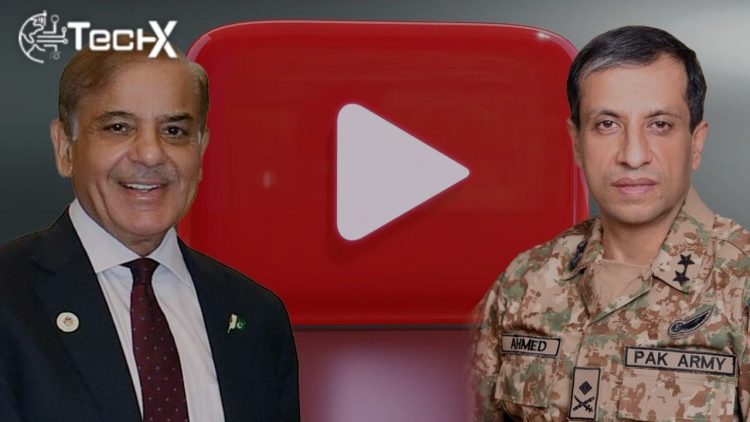The Indian government, led by Narendra Modi, has blocked the official YouTube and X (formerly Twitter) accounts of Pakistan’s Inter-Services Public Relations (ISPR). This action follows ISPR’s exposure of India’s false claims regarding the Pahalgam false flag operation. The move highlights India’s attempts to suppress factual narratives that challenge its propaganda.
ISPR Exposes India’s False Claims
On April 29 and 30, ISPR’s Director General presented irrefutable evidence debunking India’s narrative on the Pahalgam incident. The detailed response embarrassed New Delhi globally, prompting a panicked reaction. By blocking ISPR’s accounts, India aims to silence dissenting voices and control the information landscape, raising concerns over freedom of expression in the region.
India’s Crackdown on Dissent
Sources indicate that India’s decision reflects its discomfort with ISPR’s factual rebuttal. The Modi government’s actions align with its history of suppressing opposing viewpoints. Blocking ISPR’s platforms undermines transparency and fuels disinformation, drawing criticism from free speech advocates. Such measures expose India’s intolerance toward truth when it contradicts its official stance.
Also Read: India Bans Imports from Pakistan Amid Rising Tensions
PM Shehbaz Sharif’s YouTube Channel Suspended
Earlier, India targeted Prime Minister Shehbaz Sharif’s YouTube channel amid escalating tensions post-Pahalgam. The channel was suspended after uploading his Kakul Academy speech, which India found objectionable. YouTube complied with India’s complaint but allowed an appeal. This censorship reflects India’s aggressive stance against Pakistani narratives, regardless of their legitimacy.
India’s Attempt to Control Narratives
The bans on PM Shehbaz’s and ISPR’s accounts reveal India’s strategy to dominate regional discourse. By silencing alternative perspectives, India seeks to manipulate public opinion. However, such actions only reinforce perceptions of India’s authoritarian approach to information control, damaging its global reputation.
Shoaib Akhtar’s YouTube Channel Blocked
India also blocked former cricketer Shoaib Akhtar’s YouTube channel, which boasts 3.5 million subscribers. Akhtar, known for his candid views, frequently discusses cricket and social issues. The suspension, following the Pahalgam incident, underscores India’s widening crackdown on Pakistani voices.
Pakistani News Channels Targeted
In addition to individual accounts, India blocked 16 Pakistani news channels, including ARY News, Dawn News, and Geo News. These platforms, with a combined 63 million subscribers, were penalized for questioning India’s Pahalgam narrative. The sweeping bans highlight India’s fear of independent journalism that challenges its propaganda.
India’s Suppression of Free Speech
The Modi government’s actions reflect a broader pattern of stifling dissent. By targeting journalists, politicians, and even athletes, India aims to eliminate opposing viewpoints. Such measures contradict democratic principles, drawing global scrutiny over its commitment to free expression.
Global Concerns Over Disinformation
India’s censorship spree raises alarms about disinformation and media freedom. Blocking credible sources while promoting state-sponsored narratives undermines regional stability. The international community must hold India accountable for its suppression of truth and dissent.
Conclusion
India’s blocking of ISPR, PM Shehbaz, and Pakistani media accounts reveals its insecurity over factual narratives. These actions, aimed at controlling information, violate free speech principles. The global community must challenge such authoritarian measures to ensure transparency and accountability in the region.
















